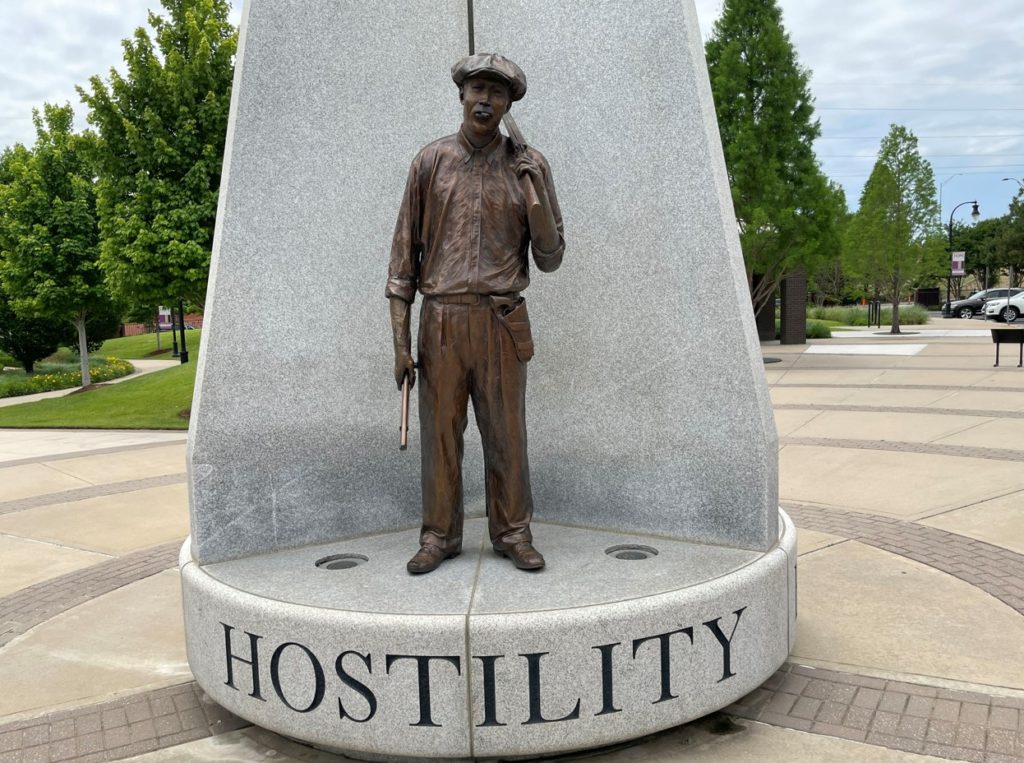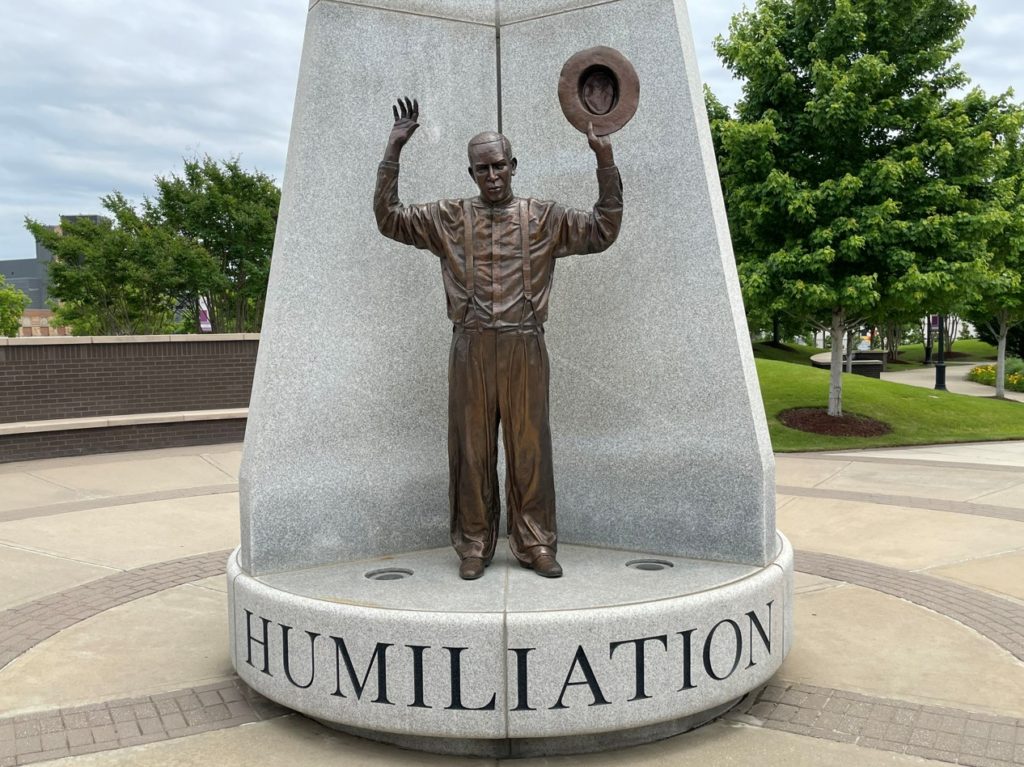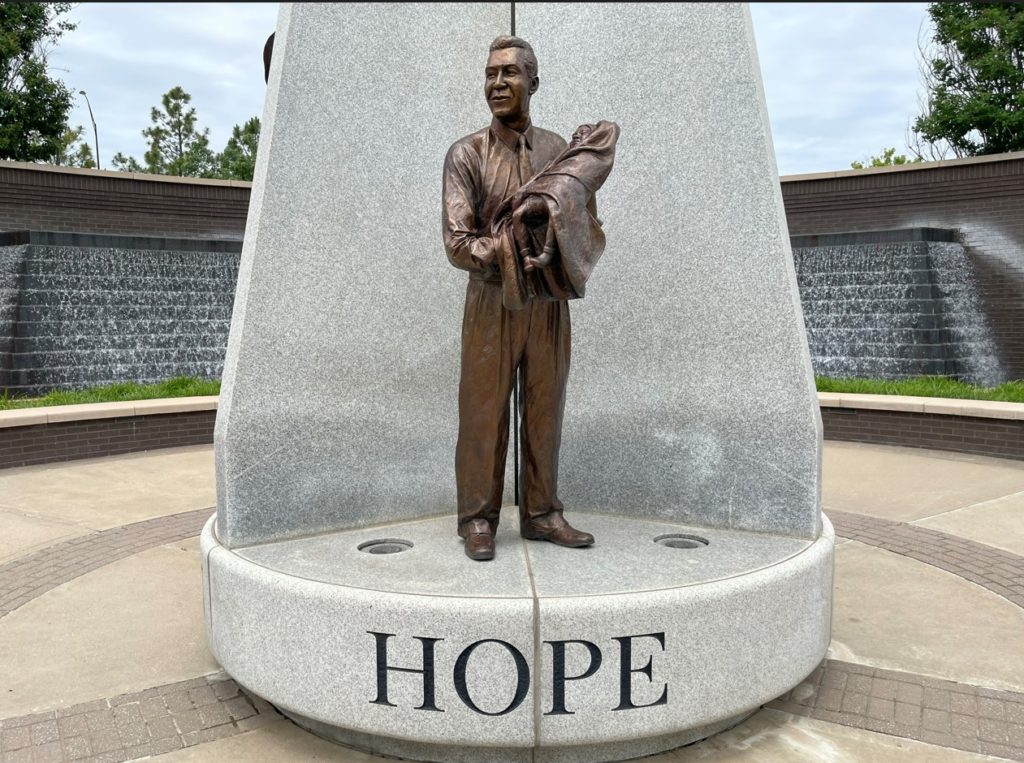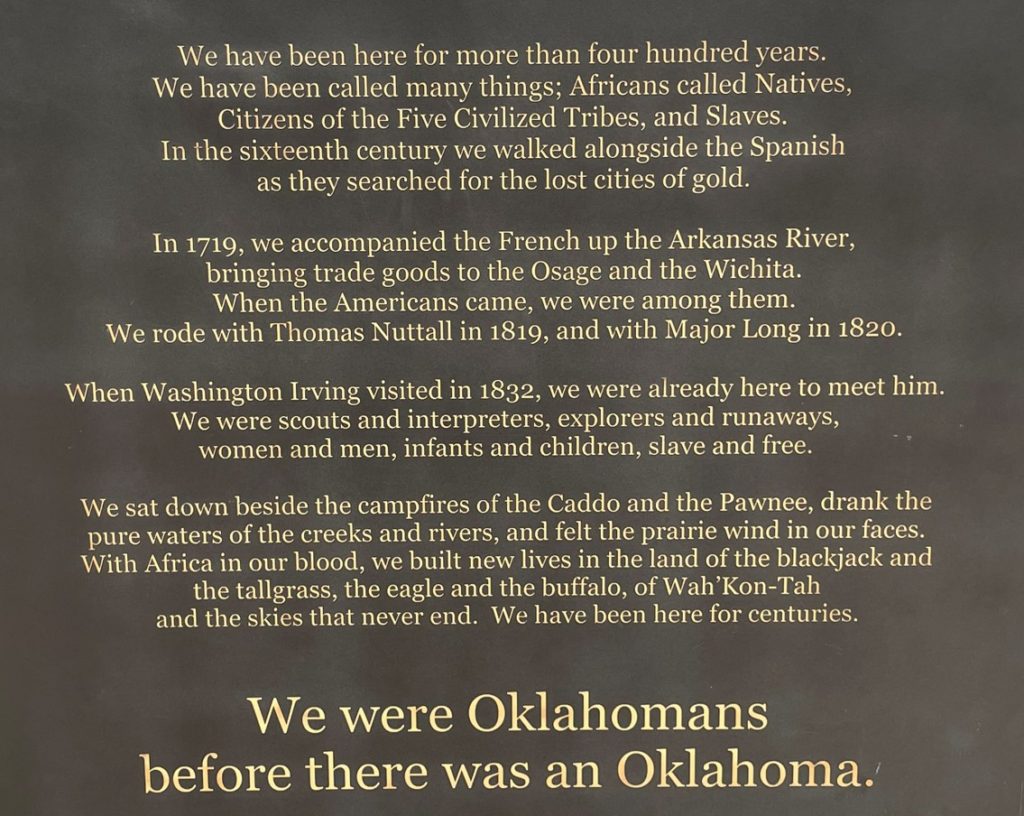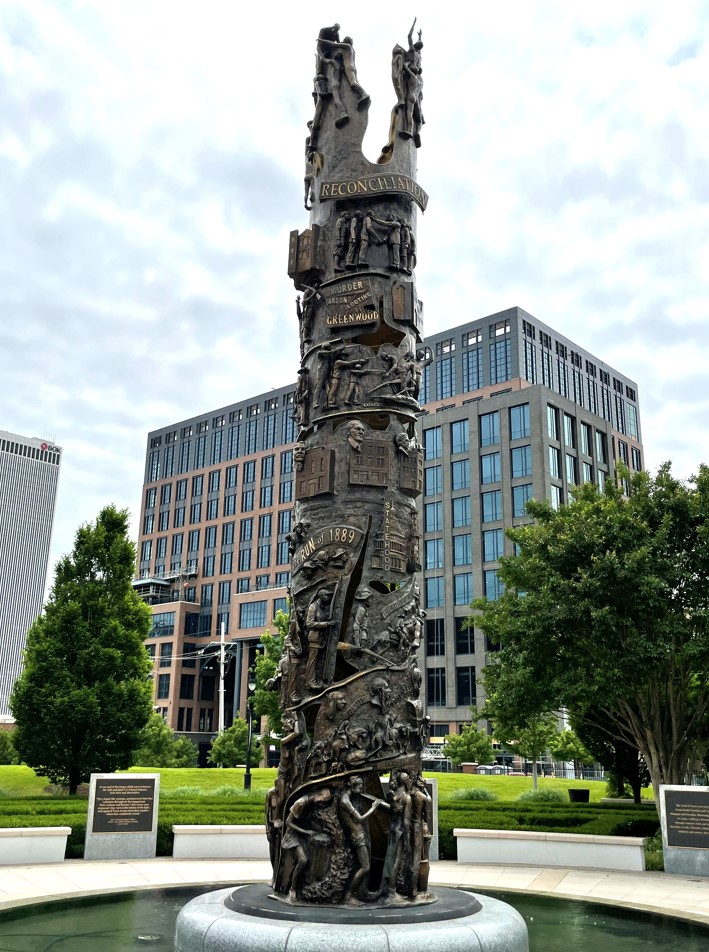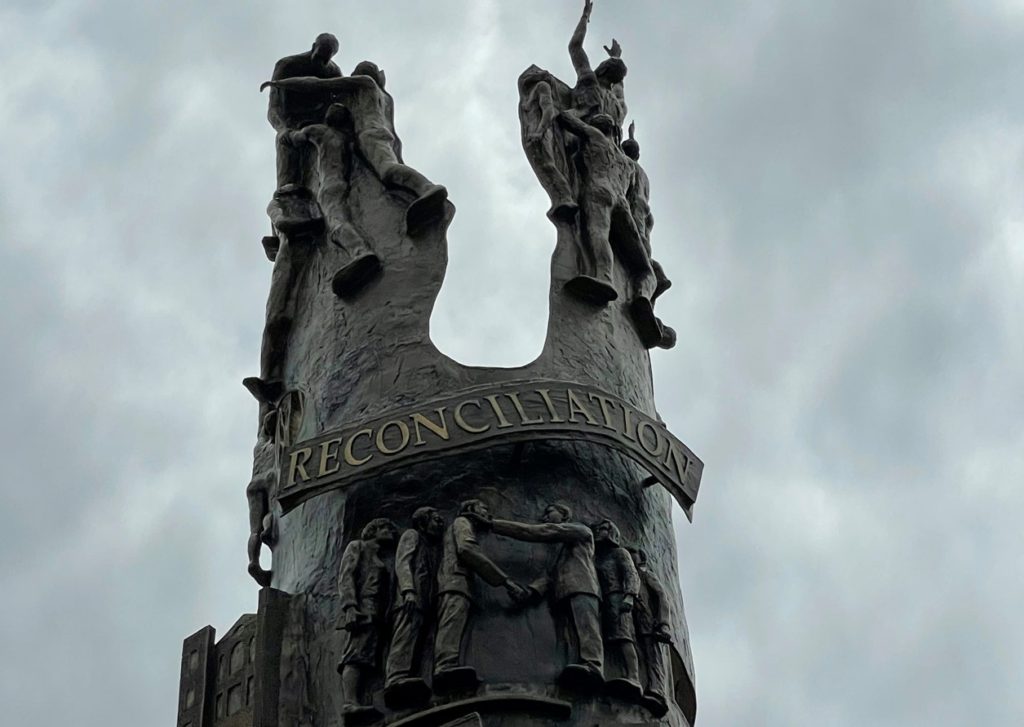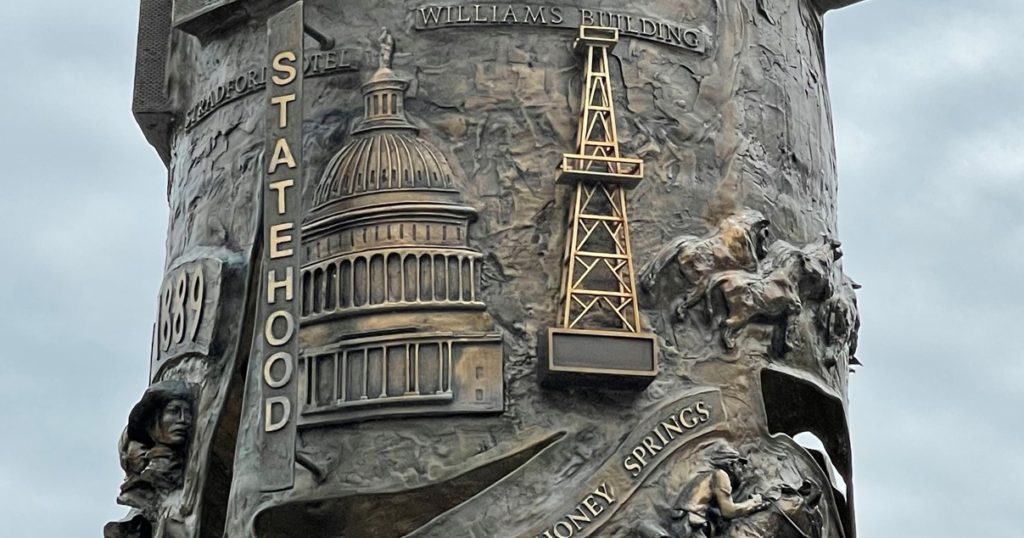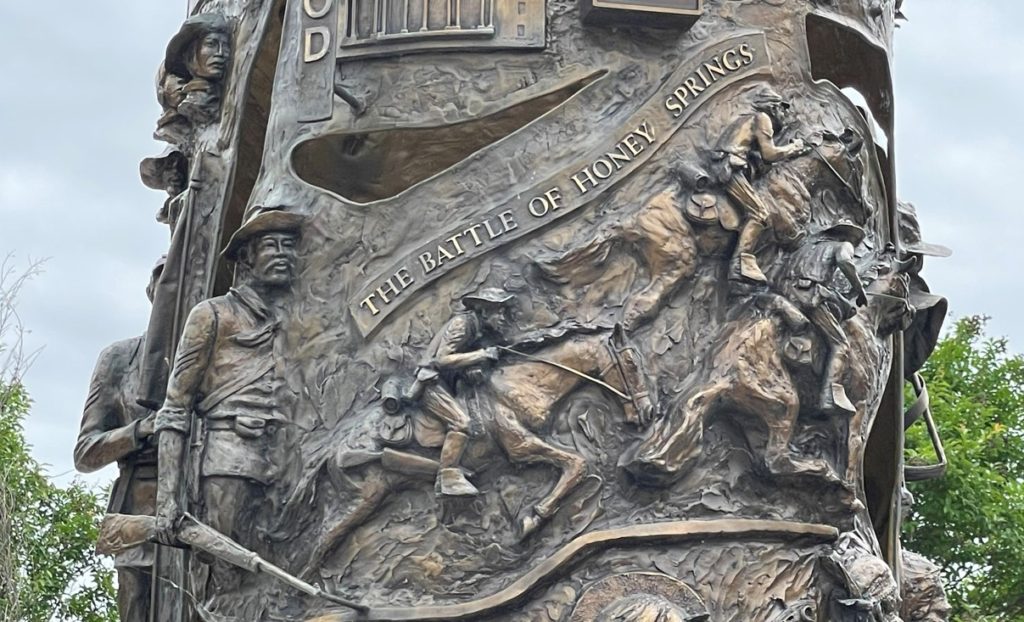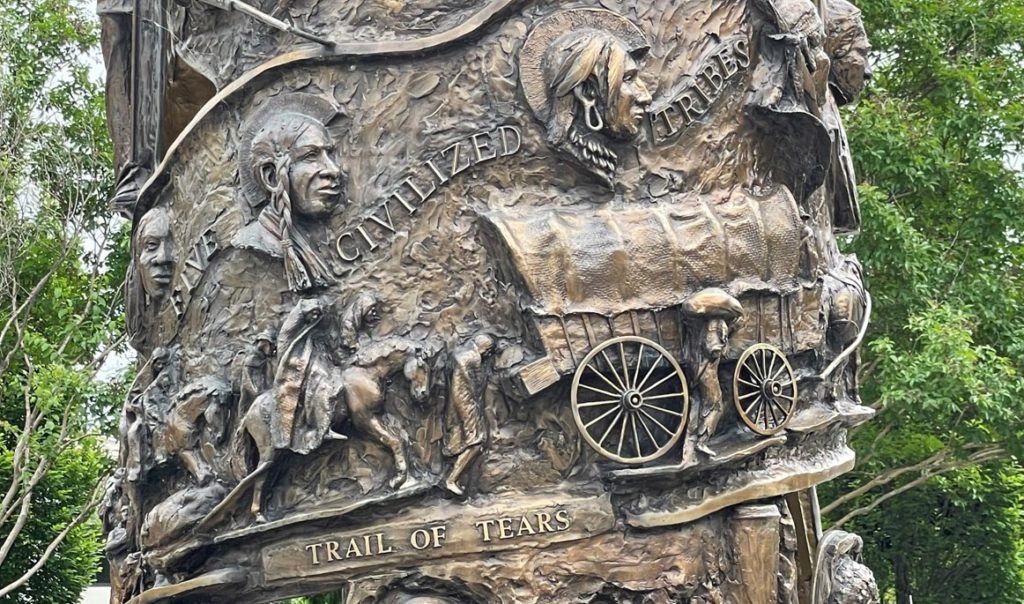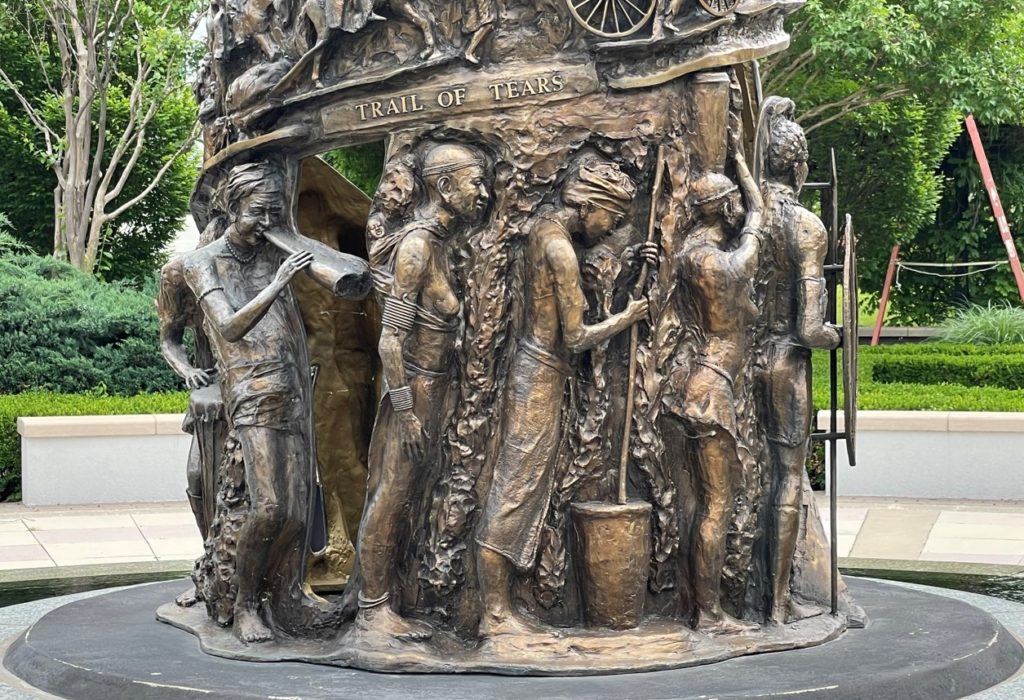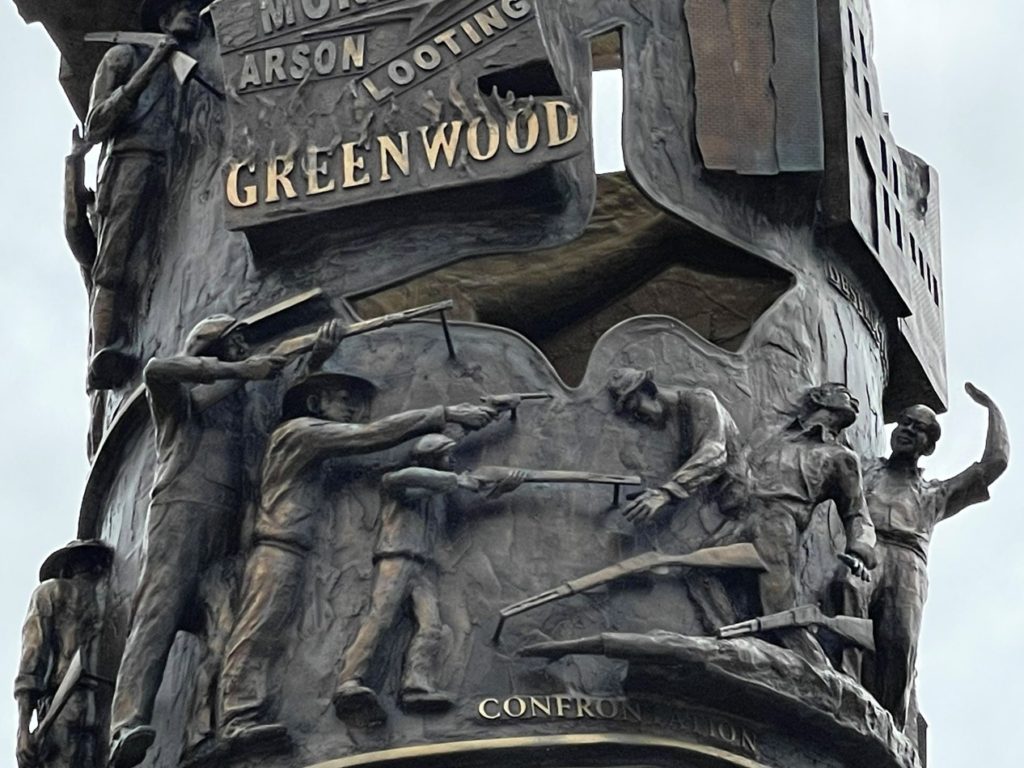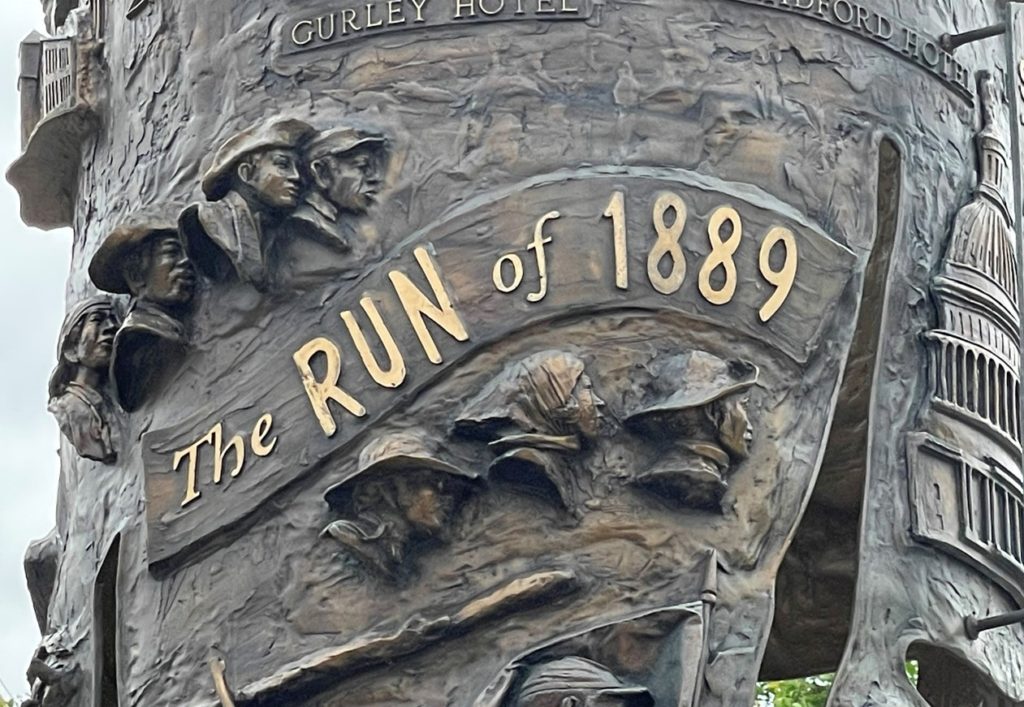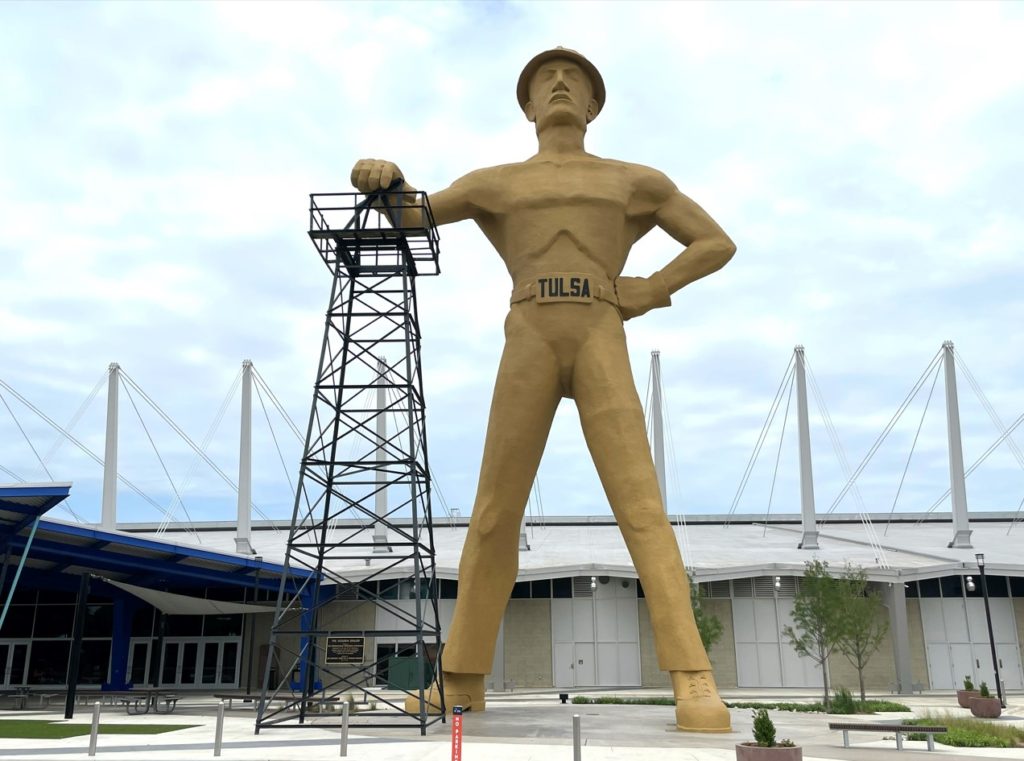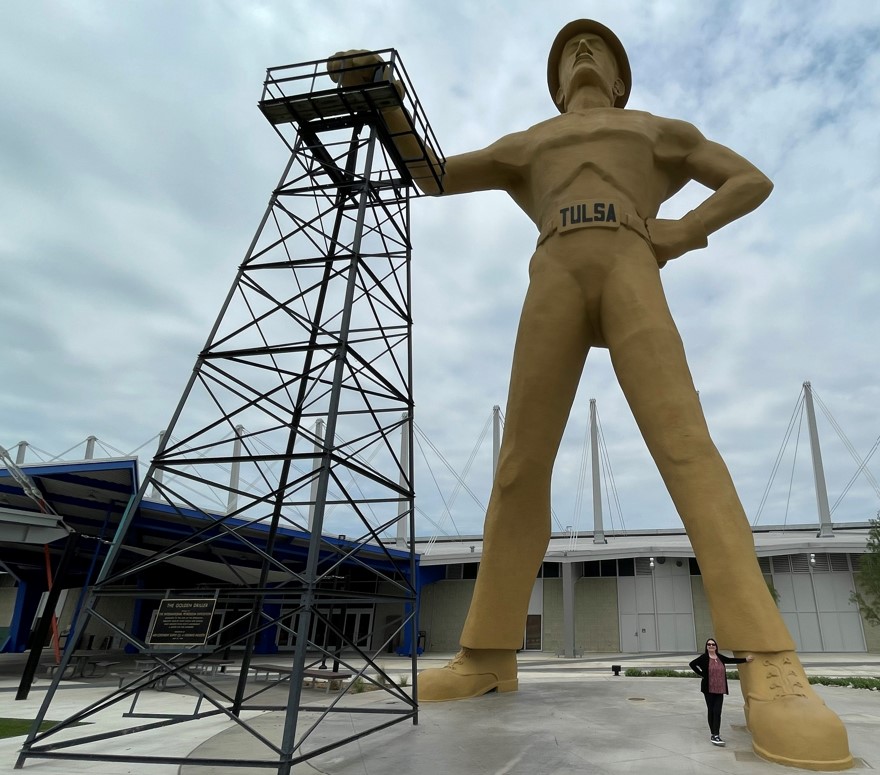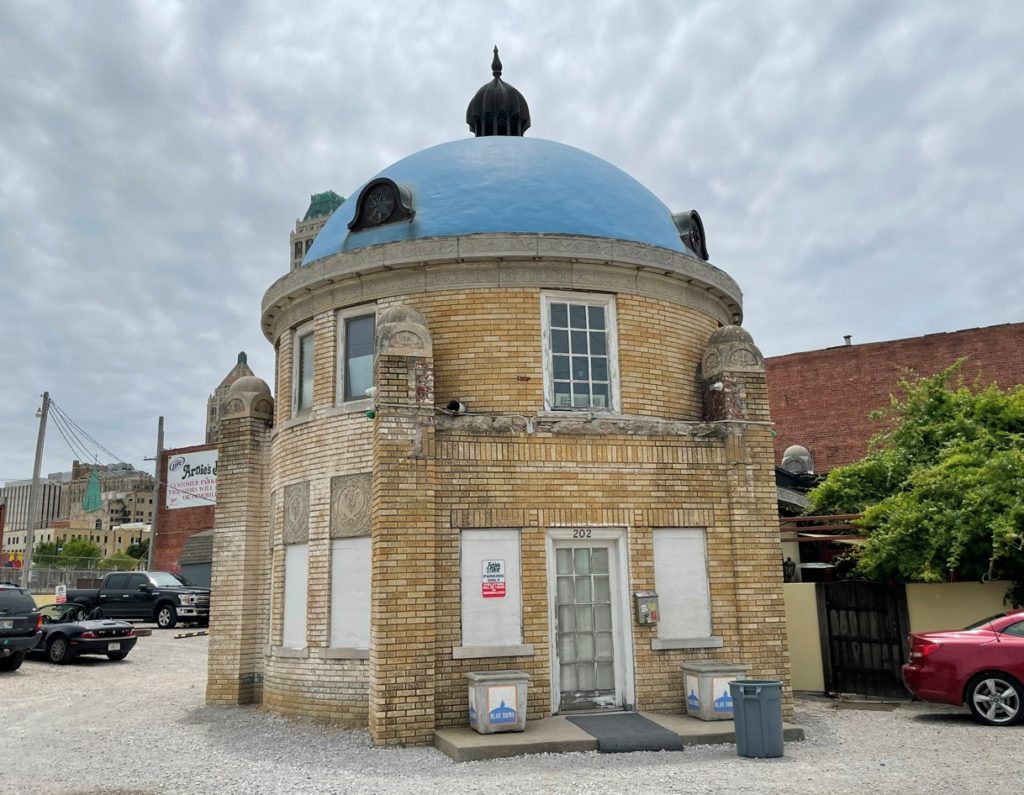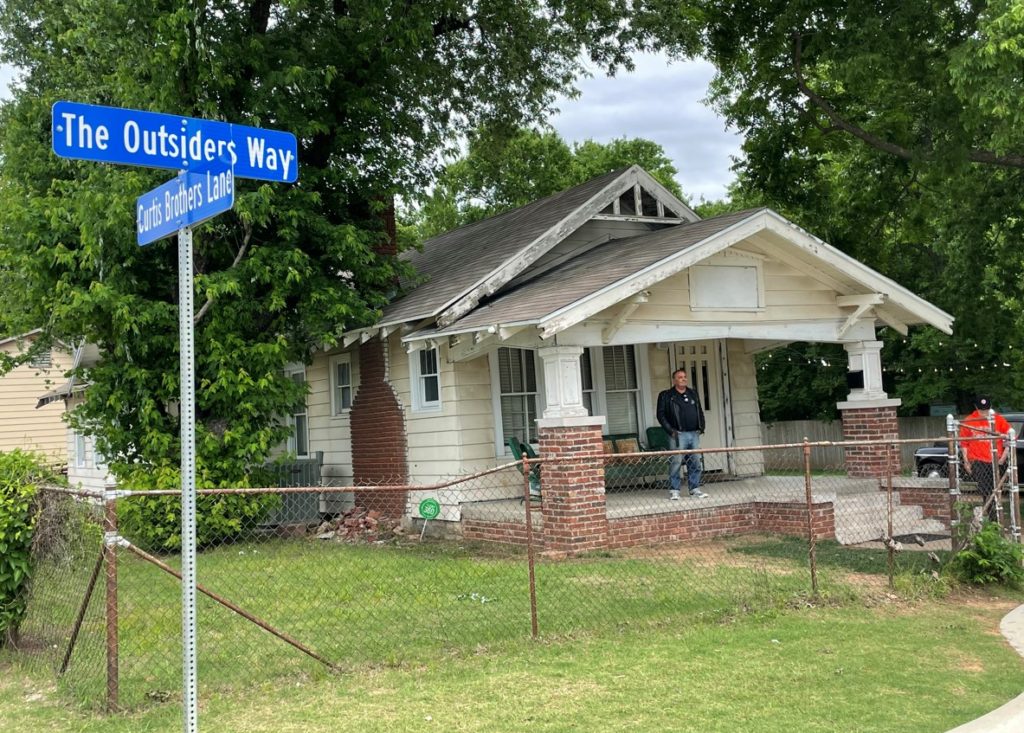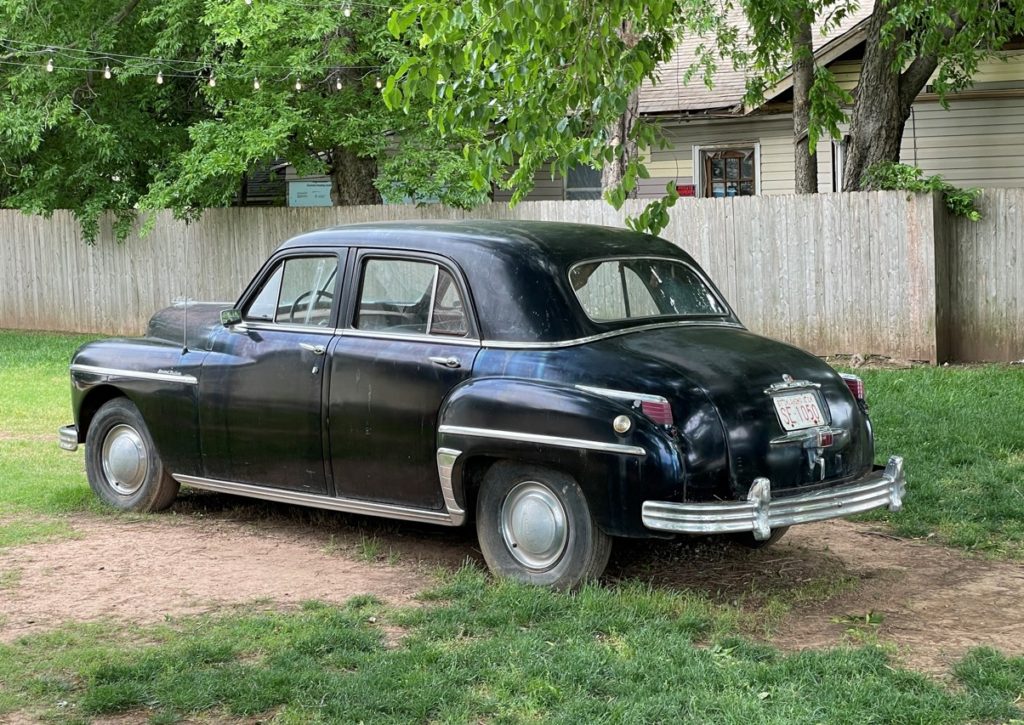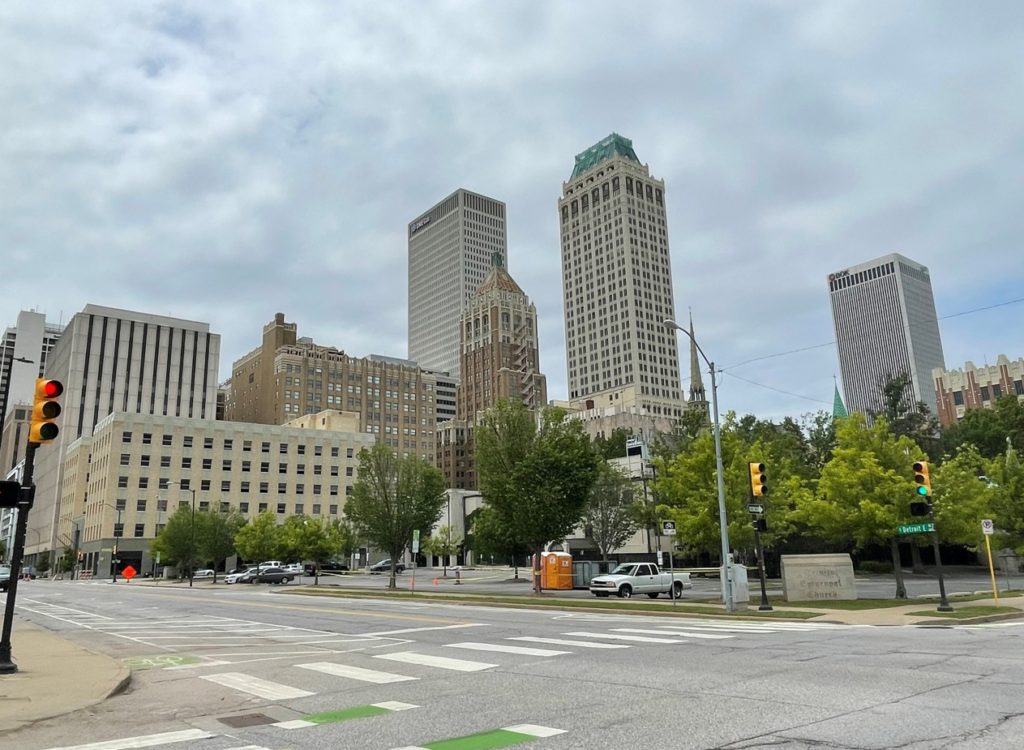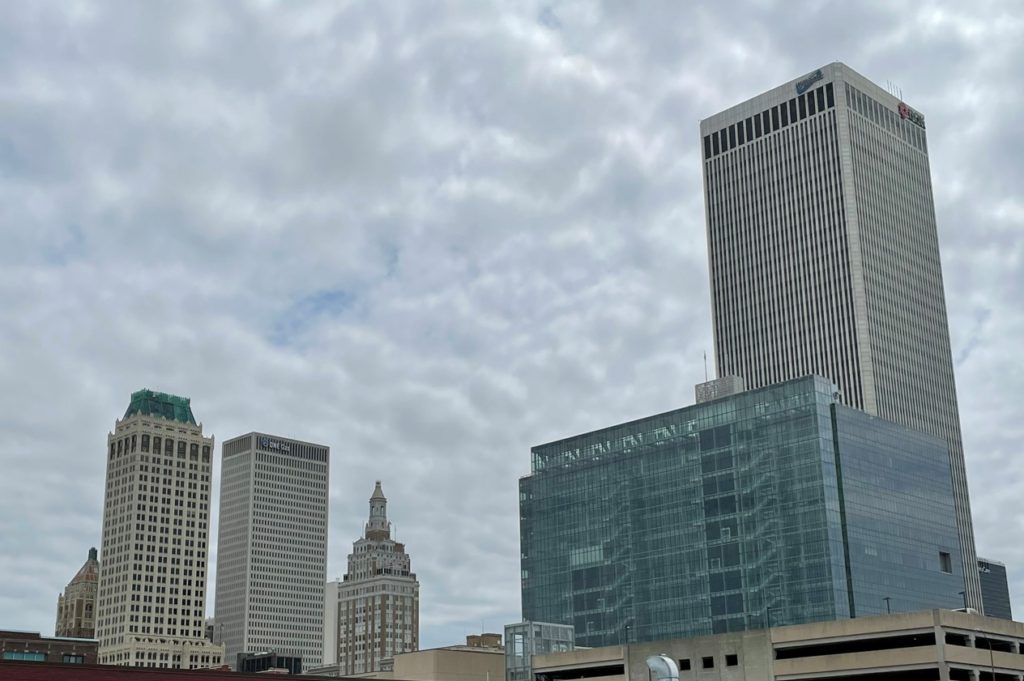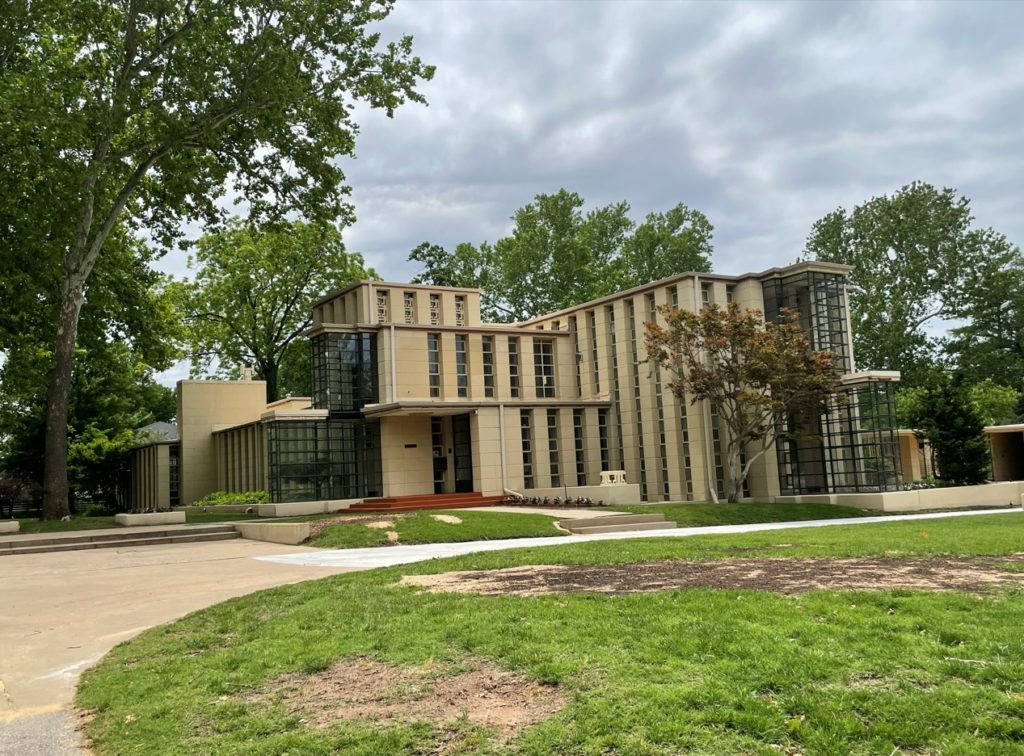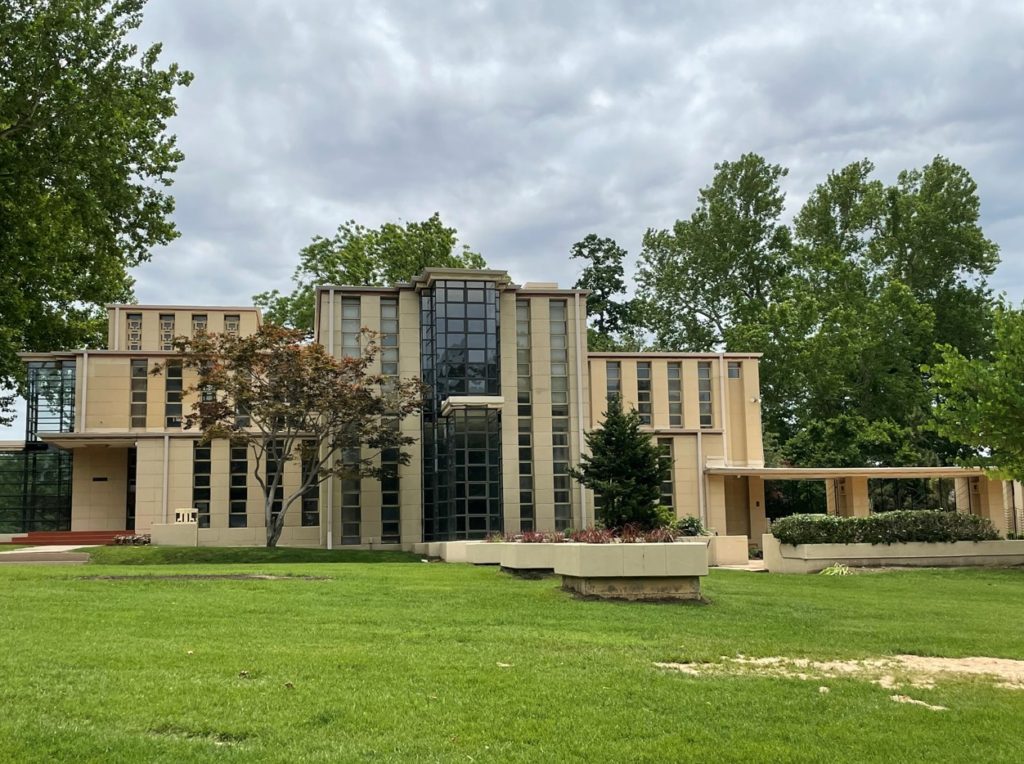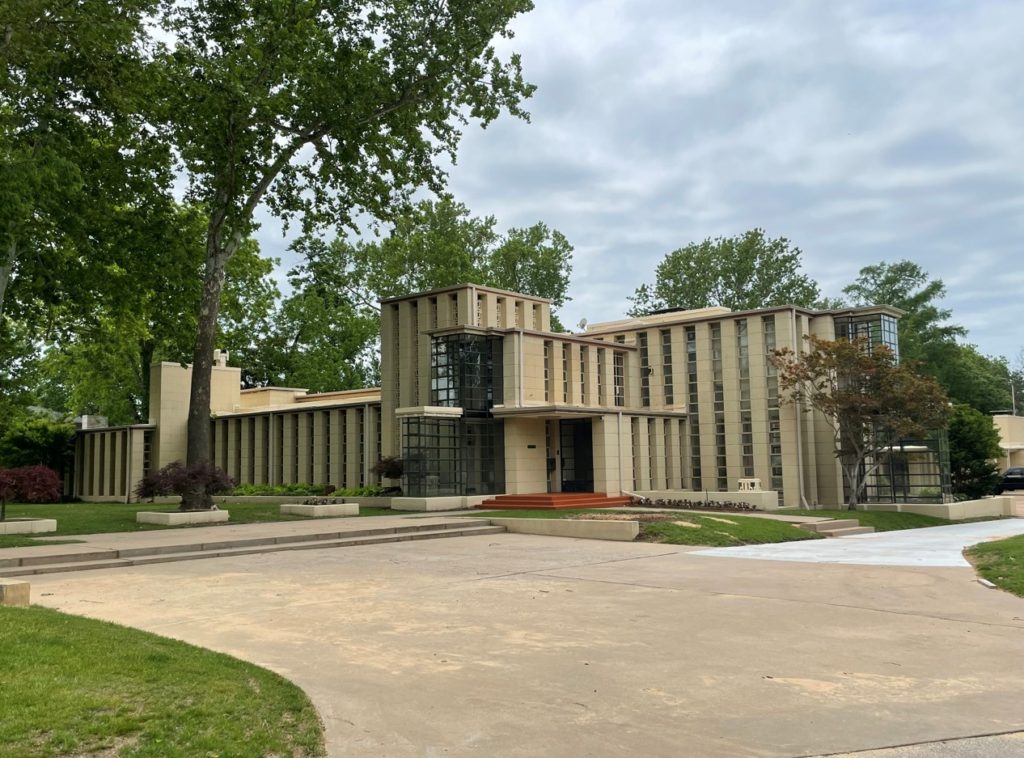Barnsdall OK
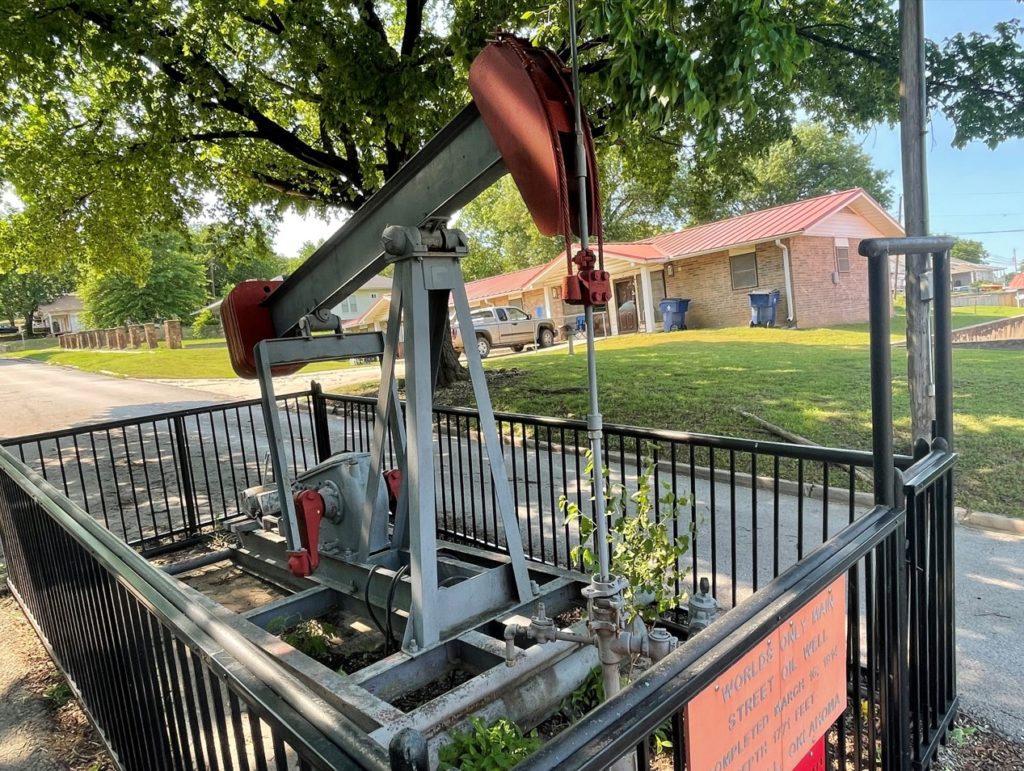

The worst race massacre in American history occurred here in Tulsa, May 31-June 1, 1921.
In the early 1900s, Tulsa’s African-American community, the “Greenwood District”, was nationally known for its prosperity. “Black Wall Street” was populated with entrepreneurs, doctors, lawyers, pharmacists, dentists, beauty parlors, barbershops, dance halls, pool halls, movie theaters, restaurants, grocery stores, and much more. Greenwood Avenue was favorably compared with Beale Street in Memphis and State Street in Chicago.
On May 31, 1921 Dick Rowland, a 19 year old African-American was accused of assaulting a white woman. He was jailed, but the charges were later dropped.
The local Tulsa Tribune published an inflammatory story that mobilized a white mob to lynch Rowland.
African-Americans stationed themselves outside the courthouse to protect Rowland.
The white mob pursued the retreating African-Americans into the Greenwood District, terrorizing the entire community, shooting African-Americans, burning homes and businesses to the ground.
When the Oklahoma National Guard was called in, they ignored the rampaging mob and instead arrested hundreds of African-American survivors.
Public officials failed to keep records of people who were wounded or killed. The estimated number of deaths is at least 36, but witness accounts put the number at more than 300 African-Americans killed. The massacre lasted two days.
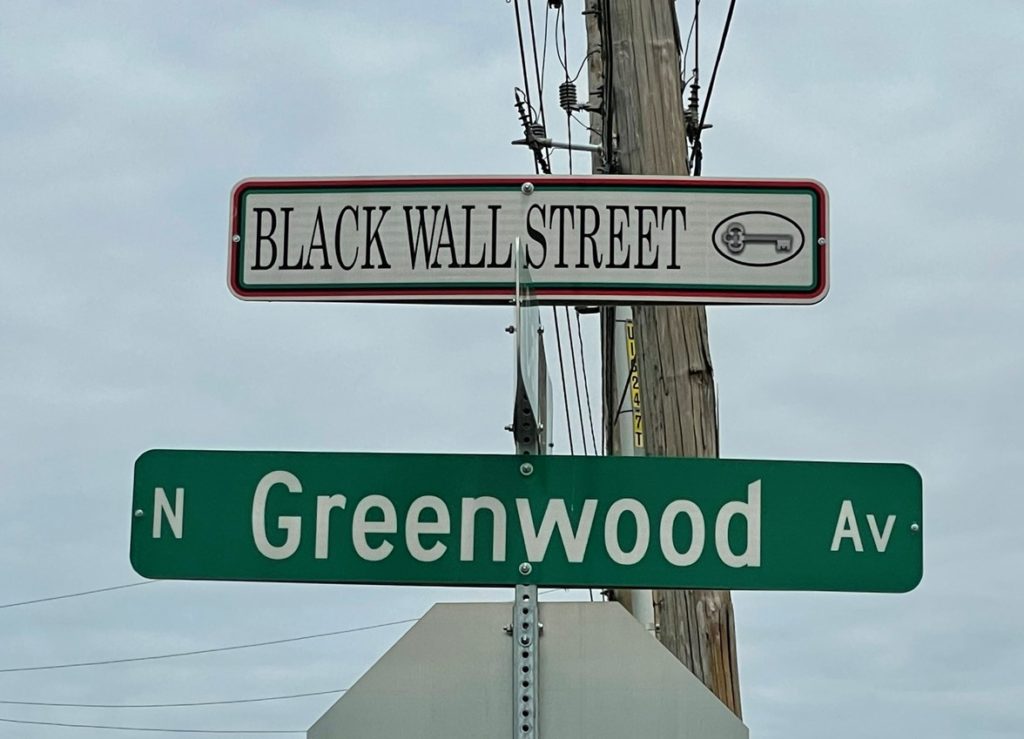
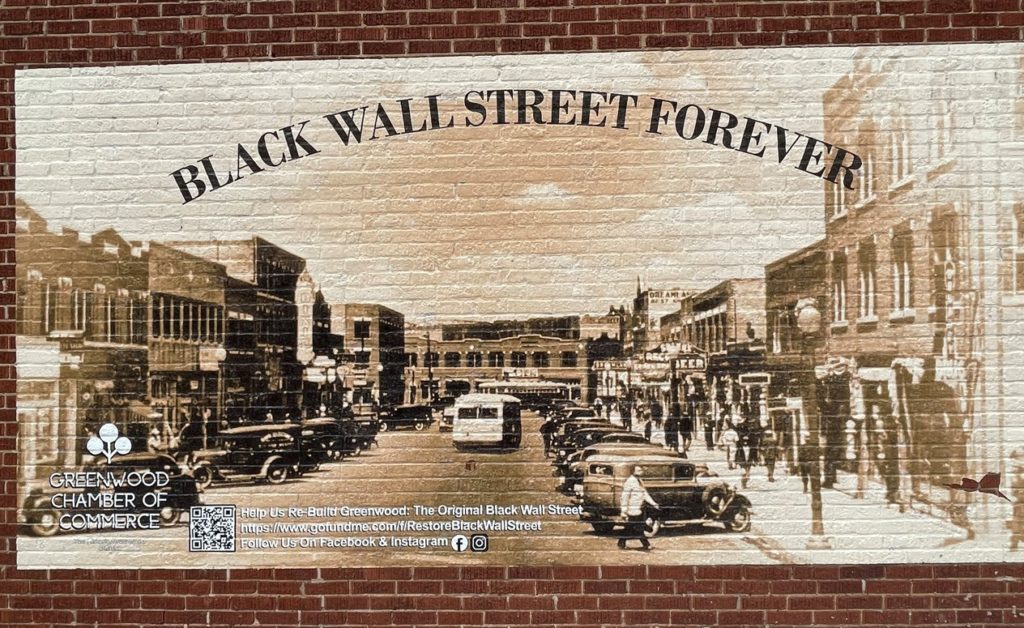
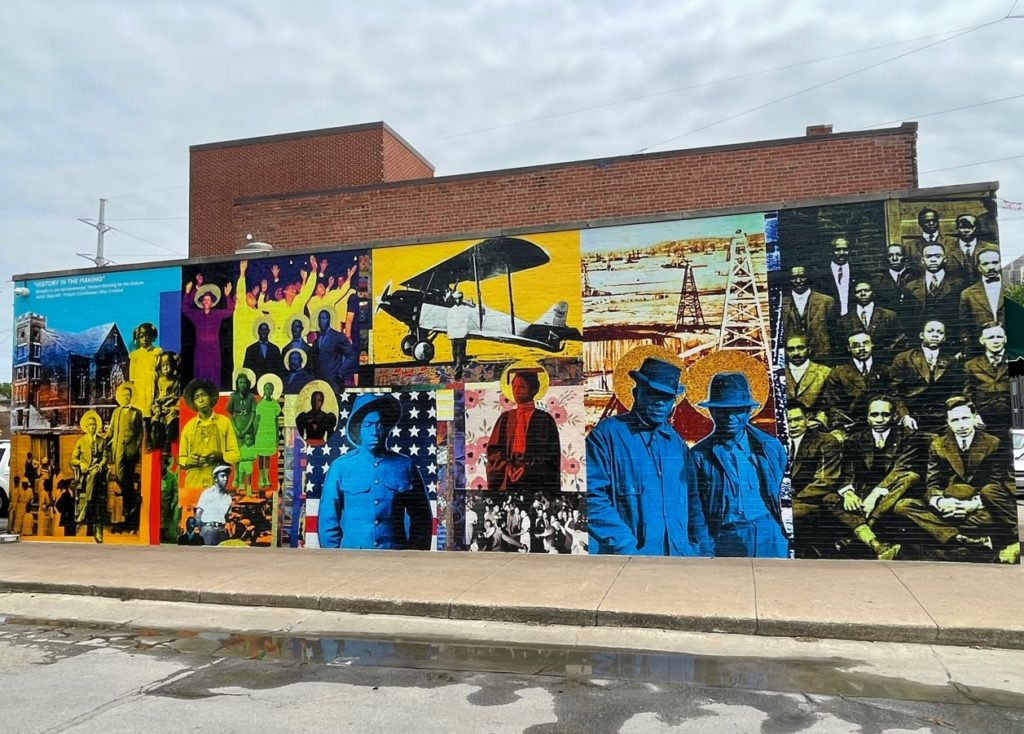
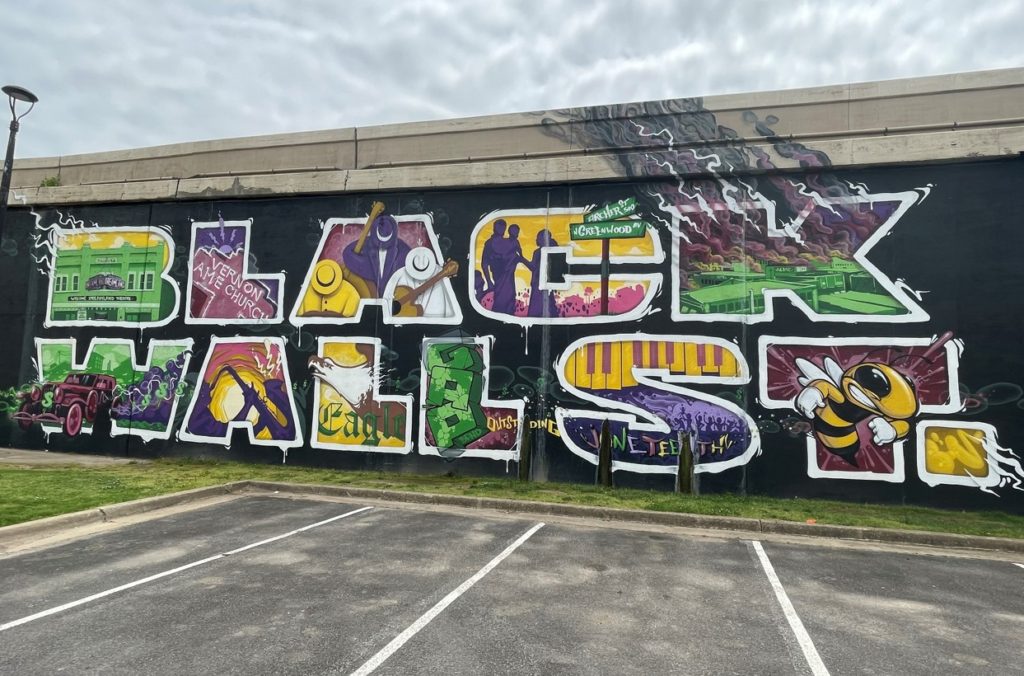
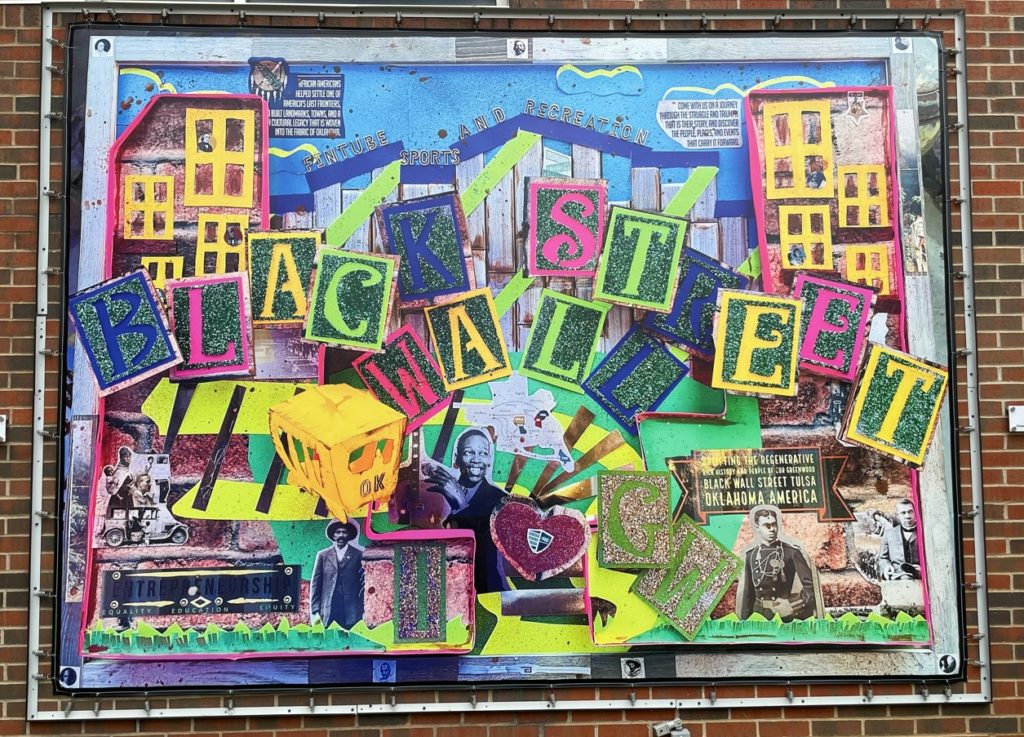
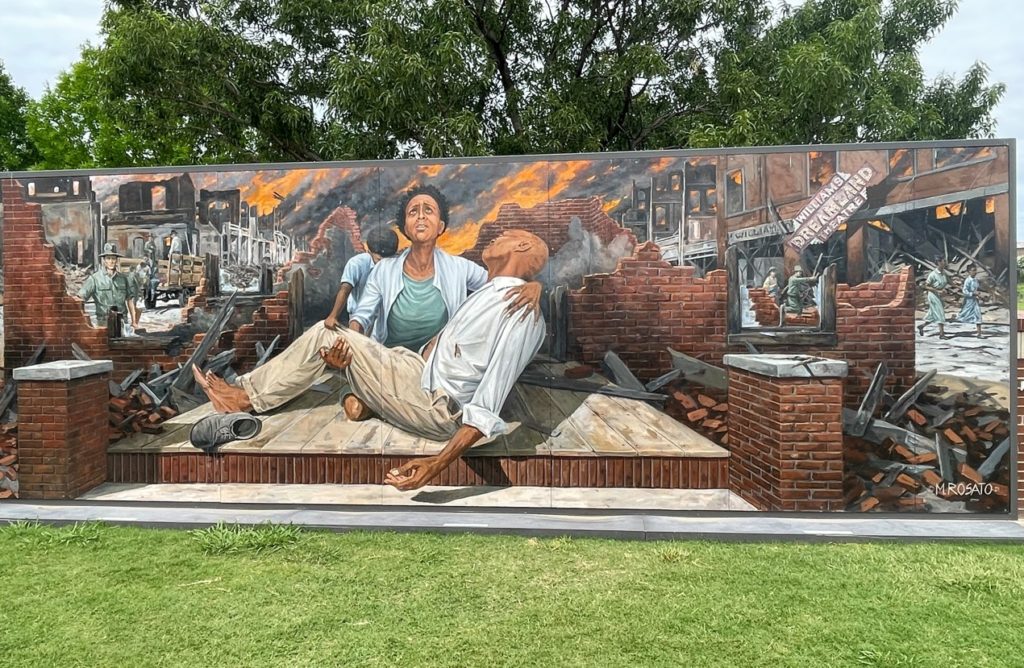
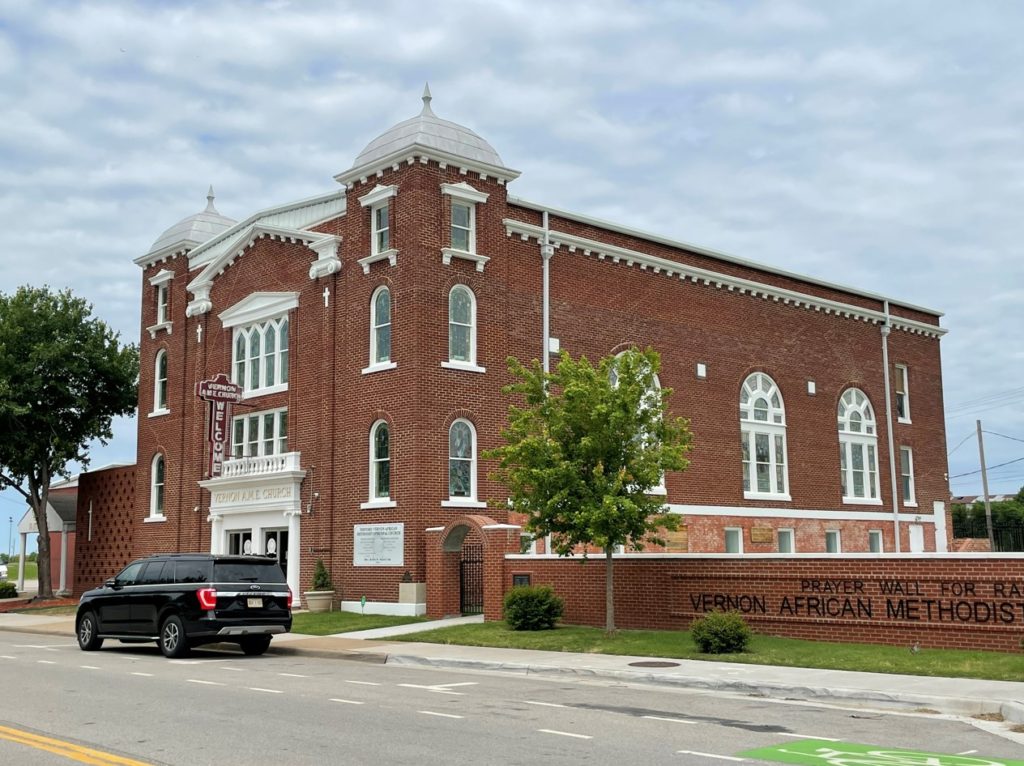
Tulsa was the site of the most deadly race massacre in US history, in 1921. Race relations were raw for decades. John Hope Franklin was an historian from Oklahoma whose most famous work was a book titled “From Slavery to Freedom”. His father was a lawyer who defended African-American survivors of the race massacre.
